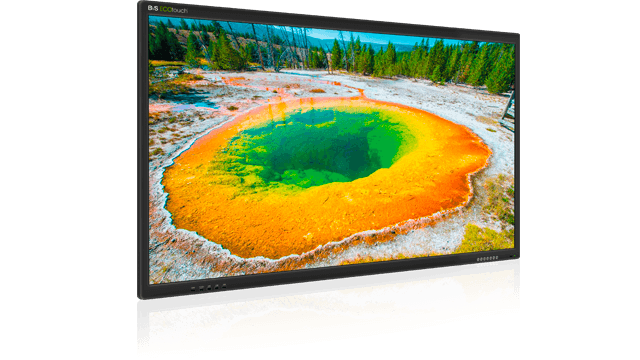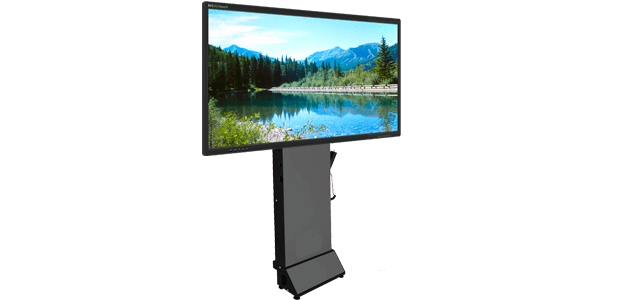
Interactive Touch Screens
vs Interactive Whiteboards

xx
Interactive touch screens vs interactive whiteboards – are Interactive Touch Screens now the new touch screen technology for schools?
If you are one of the many thousands of schools who are currently using interactive whiteboards and projectors, you may feel that you have one of the more up to date technologies for use in classrooms.
Advances over the last 15 years or so have seen interactive whiteboards take on a new dimension with more power, comprehensive software and ultra short throw projectors that have almost, although not completely, rendered this solution as something that is here to stay.
So, are interactive touch screens a better alternative for schools? Advances in the consumer field have already led to a revolution in television screens making them “smarter”. LED technology is now widely used in the production of TV screens. LED lamps are not just greener, but boast a considerably longer lamp life.
It could therefore just have been a matter of time before such advances saw themselves intertwined into “interactive” TVs or interactive panels or interactive touch screens as they have now become commonly known within the education sector
Thus started the development of Interactive touch screens for schools and other training and presentation environments. Until quite recently, this technology was seen as out of reach of schools due to its disproportionate cost. However, with mass production, costs have come down to the point where Interactive touch screen costs can be in line with the cost of an interactive whiteboard and projector setup.
So, the debate on interactive touch screens vs interactive whiteboards is very much current- Are interactive touch screens a better proposition than the whiteboard/projector setup?
Let’s look at the practical aspects that come into play:-
- Projectors project from the front and, invariably, a shadow is created on the screen during a lesson. At the same time, a light being beamed at the board is likely to affect the teacher, even if in a very small way. Interactive touch screens are lit from the back and both the above problems are eliminated.
- All projectors have their own throw ratio, determined by the type of lens used. To replace a projector on an existing installation, one needs to ensure that the replacement has a similar throw ratio to avoid moving the mount. More often than not, the earlier installed mounts tend to get replaced with either short throw mounts or ultra short throw mounts.
- Projectors have their own limited life. Thus either the screen or the projector has to be replaced after a certain amount of use. Further, the lamp life on a projector is in the region of 3000 hours. LED Interactive touch screens, on the other hand, not only offer similar warrantly periods, but have lamp lives in the region of 50,000 hours, which is almost 20 times that of a standard projector bulb.
- The better Interactive Touch Screens come with toughened anti-glare glass, thus eliminating the strain on the eys for both teachers and students.
- With a whiteboard and projector setup, every time a projector is installed or replaced, it needs to be calibrated with the interactive whiteboard. With Interactive Touch Screens, this step is eliminated.
- Interactive Touch Screens have many other benefits, but a significant” last but not least” of the benefits, particularly for infant and primary schools, is that Interactive Touch Screens can be mounted at any height. The height of an interactive whiteboard, on the other hand, is determined by the height of the projector, which can not be mounted too low for health and safety reasons.
The case in favour of Interactive Touch Screens appears to be sound.
With costs having come down to affordable levels (albeit not the case with all brands – it is also important to ensure that the particular brand uses only branded panels in their touch screens), it would appear that a move to Interactive Touch Screens imbibing the latest technology would be the inevitable choice.